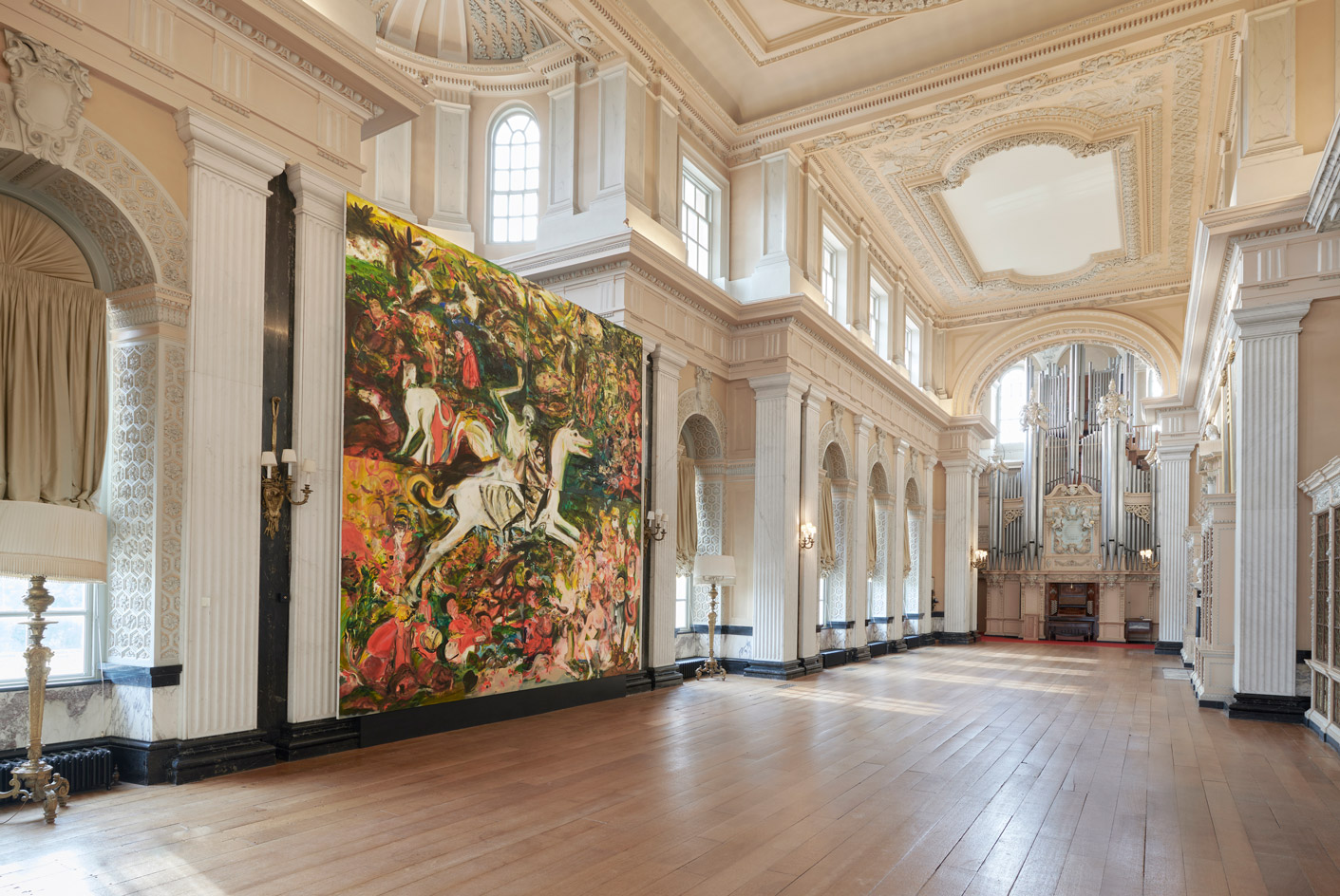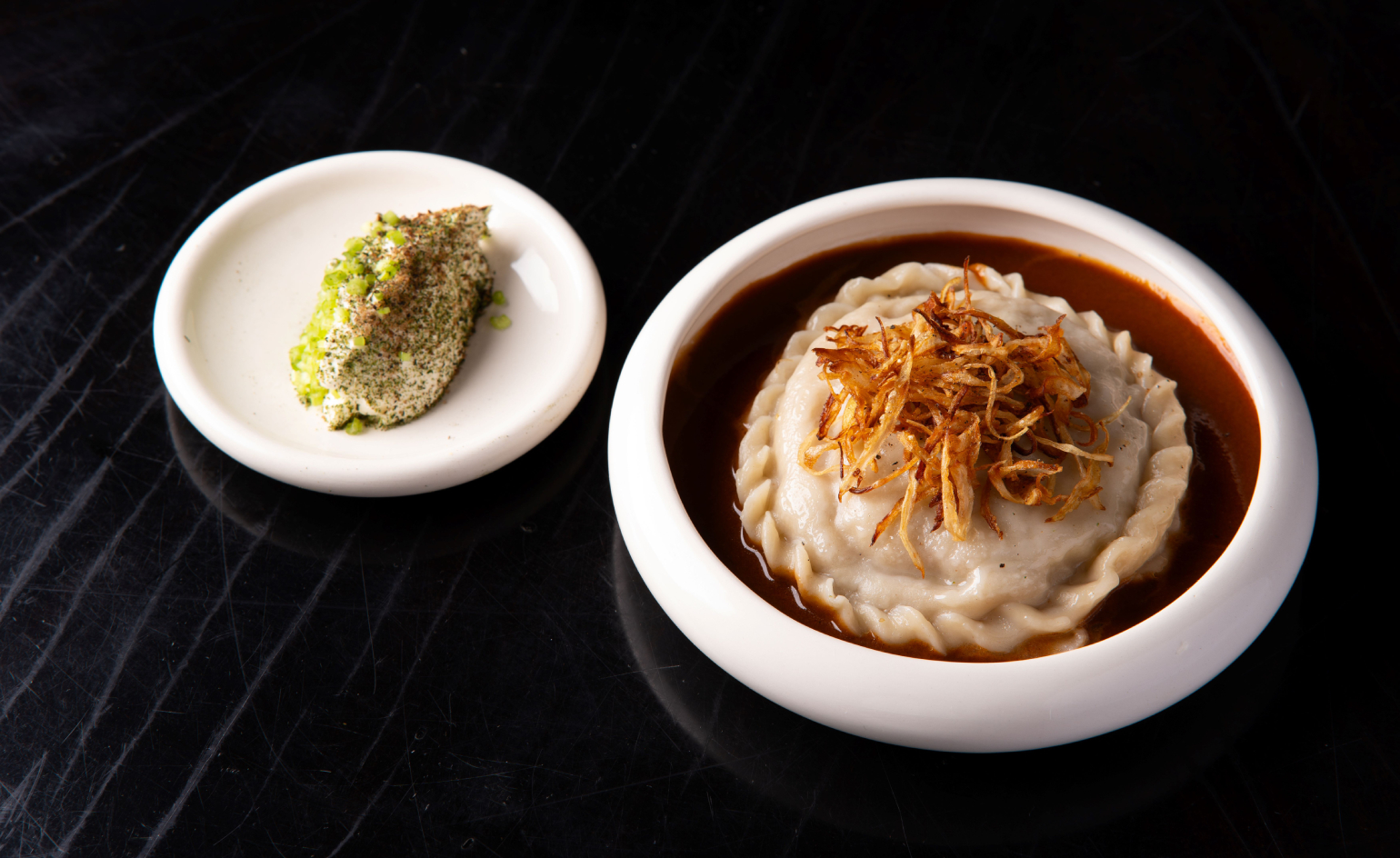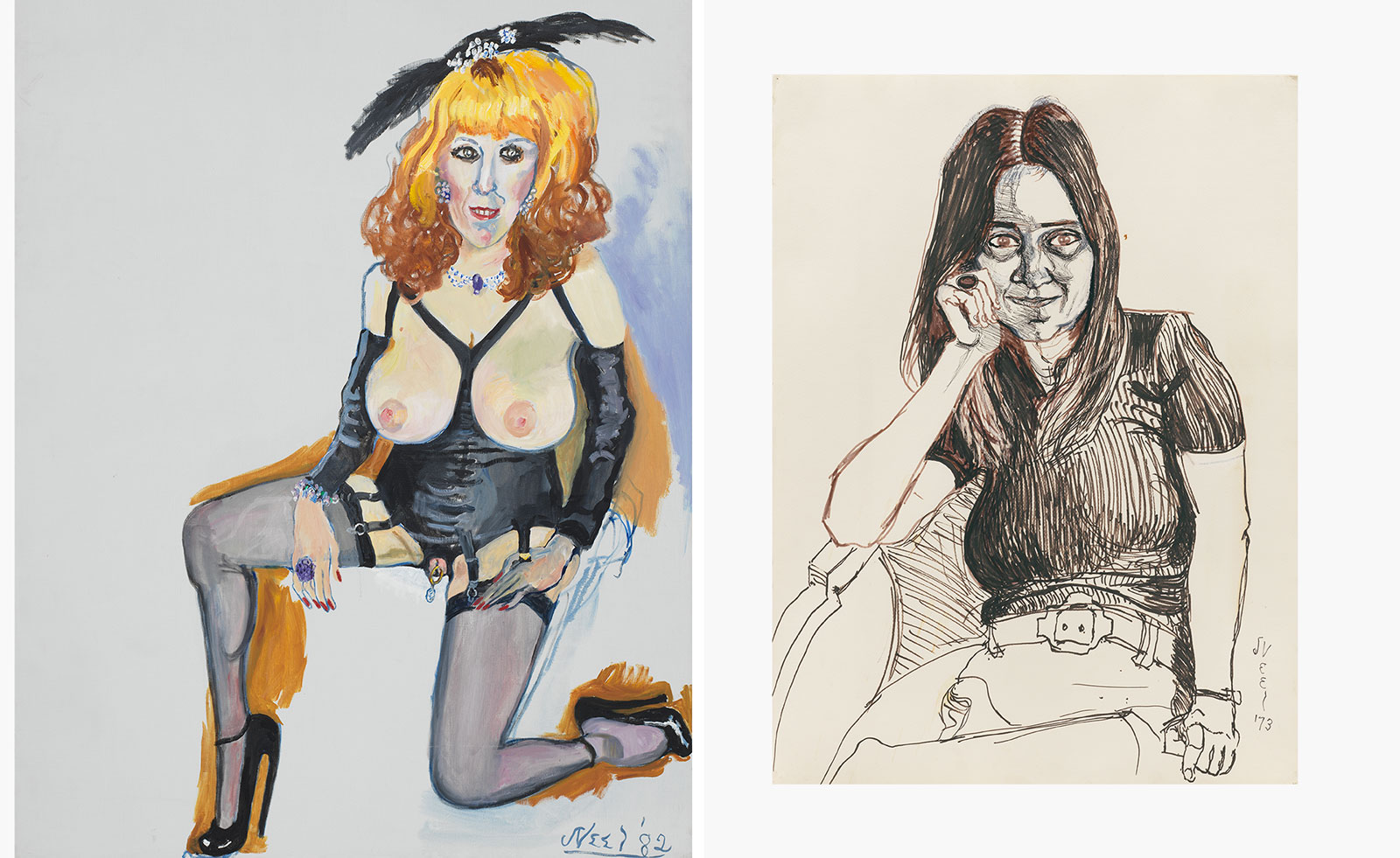At Blenheim Palace, Cecily Brown confronts the gore and glory of English heritage
In the first show by a British artist at Blenheim Palace, Cecily Brown takes a nostalgic, conflicting and grisly view of Britain’s past and future

Behind the gilded gates and opulent facade of Blenheim Palace, there’s a conversation happening between the work of Cecily Brown and the contents of the palace. The subject is British heritage, and what that means today.
In 2014, Blenheim secured its presence on the international contemporary art map with shows by Ai Weiwei, Lawrence Weiner, Jenny Holzer, and more recently – and infamously – Maurizio Cattelan, whose still-unrecovered 18-carat gold loo was pinched from the palace last year in a heist that flushed through the art world and beyond.
In another show of firsts: Blenheim has invited a British artist to exhibit. It’s also the first exhibition of entirely new work created in response to the Palace, and the first of contemporary painting.

Cecily Brown, Hunt with Nature Morte and Blenheim Spaniel, 2019 Installation view of ‘Cecily Brown at Blenheim Palace’, Blenheim Palace, 2020. Courtesy of Blenheim Art Foundation.
It also marks a new turn for Cecily Brown, whose work is known for sensual, fluid and abstracted depictions of the body. The fluidity remains, but here she responds directly to the Spencer-Churchill family’s collection of art, artefacts, tapestries, and the heritage of her native country. The results are nostalgic, sentimental and critical of England’s hyper-romanticised history, but unlike Cattelan’s work, Brown’s feel part of Blenheim’s fabric.
Brown came to the task from a unique standpoint, having lived, as she says, ‘in exile’ in New York for 26 years. ‘I have been trying to understand what England means to me’ she notes. The show comprises 24 paintings, two monotypes, five drawings and Brown’s first textile work, a handwoven wool rug.
There are few appropriate superlatives to describe Blenheim’s Great Hall, the palace’s pièce de résistance, fortified with heraldry and stately pride. On the walls above, between Corinthian capitals and beneath James Thornhill’s commanding ceiling fresco, hang Brown’s Armorial Memorial paintings. Within these, the artist extracts emblems of empires, coats of arms and symbols of the Church and blasts them apart in chaotic fragmentation.

Cecily Brown Armorial Memorial, 2019. Oil on linen. Courtesy of the artist and Blenheim Art Foundation
Back on ground level, we’re met with a vitrine, not filled with priceless Sévres porcelain or military memorabilia, but with Brown’s source material – the genesis of her exhibition and a taste of what’s ahead. Within these scattered sheets of paper are printed-out images of Baroque paintings of animals slaughtering each other, whimsical Victorian illustrations, unidentified cartoons splashed in blood-red paint, coats of arms and women in fur coats and references to the Beatles’ ‘Yellow Submarine’. These are clippings of Britain, past, present, and future.
Along the exhibition path, through corridors featuring Brown’s psychedelic and cartoon-esque Armorial Memento paintings, is the more intimate (by Blenheim standards) Green Drawing Room. The walls are congested with ducal portraits with barely an inch to spare. Here, Brown disrupts the endless depictions of ‘the hunt’ as the monarchy’s exalted sport of choice with her painting, The Calls of the Hunting Horn. ‘I chose traditional subjects like the hunt, the kind of genre painting associated with old country houses because I want visitors to do a double-take, to think that my work belongs there’, she explains. In this room, another feature certainly worth a double-take is a table lined with equine-themed family photographs. Brown inserts herself again, in a more personal mode, with a framed childhood photograph of her sitting on a stationary horse.
RELATED STORY

After a brazen art heist at Blenheim Palace, the joke’s on trickster Maurizio Cattelan

Cecily Brown, The Calls of the Hunting Horn, 2019. Installation view of ‘Cecily Brown at Blenheim Palace’, Blenheim Palace, 2020. Courtesy of Blenheim Art Foundation
On her visits to Blenheim, Brown was initially struck by the martial narratives built into the palace’s architecture and decoration. These included those relating to World War Two, told from the perspective of Wartime Prime Minister Sir Winston Churchill, who was born at the palace. This led the artist to question British-centric bias in taught history, and respond with a battle cry of her own. ‘We were taught a very selective history of England that is all glory’, she explains. ‘So I wanted to make my own battle paintings’.
Bleinham’s opulent State Rooms are adorned in the imposing Marlborough tapestries, commissioned by the Duke as allegories of his successes at the 1704 Battle of Blenheim. These see cavalrymen in the foreground, calm, dignified and seemingly indifferent while the pastoral scene behind erupts with bombs and despair. Brown responds in paint, as if the brush were a butcher’s knife, and the results are ferocious: bloody lashes of red and frenzied combat – chapters of a story the tapestries omit.

Cecily Brown Dog Is Life, 2019. Installation view of ‘Cecily Brown at Blenheim Palace’, Blenheim Palace, 2020. Courtesy of Blenheim Art Foundation
The grand finale is staged in the Long Library. ‘Long’ is an understatement, but Brown’s painting, The Triumph of Death is everything but. It’s her largest to date, measuring more than five sq metres and comprising four panels. It’s a meld of motifs from the exhibition: horror and indifference; gore and glory. The skull-headed central figure rides an anaemic-looking horse with sinister purpose while gentlemen and fox-fur clad ladies sip champagne and stroke dogs, oblivious to the ensuing apocalypse. In the bottom right-hand corner, the famous ‘Blenheim Spaniel’ – a recurring character in Brown’s paintings for the palace – makes an appearance to lighten the mood.
Brown’s paintings are a sentimental and nostalgic celebration of England. They also perform an unmerciful autopsy of its past, urging us to review a tunnel-visioned history with fresh eyes. In a palace that has everything to do with splendour, pride and a bygone Englishness, Brown encourages a timely double-take.

Cecily Brown, The Triumph of Death, 2019 Installation view of ‘Cecily Brown at Blenheim Palace’, Blenheim Palace, 2020. Courtesy of Blenheim Art Foundation
INFORMATION
Cecily Brown’s solo show at Blenheim Palace will run until 3 January 2021. blenheimpalace.com
Wallpaper* Newsletter
Receive our daily digest of inspiration, escapism and design stories from around the world direct to your inbox.
ADDRESS
Blenheim Palace
Woodstock
OX20 1PP
Harriet Lloyd-Smith was the Arts Editor of Wallpaper*, responsible for the art pages across digital and print, including profiles, exhibition reviews, and contemporary art collaborations. She started at Wallpaper* in 2017 and has written for leading contemporary art publications, auction houses and arts charities, and lectured on review writing and art journalism. When she’s not writing about art, she’s making her own.
-
 At Linden Los Angeles, classic New York comfort food gets its due
At Linden Los Angeles, classic New York comfort food gets its dueThe restaurant, inspired by a stretch of boulevard bridging Brooklyn and Queens, honors legacy, community and pleasure
By Carole Dixon Published
-
 Faye Toogood comes up roses at Milan Design Week 2025
Faye Toogood comes up roses at Milan Design Week 2025Japanese ceramics specialist Noritake’s design collection blossoms with a bold floral series by Faye Toogood
By Danielle Demetriou Published
-
 Tatar Bunar puts Ukrainian heritage front and centre
Tatar Bunar puts Ukrainian heritage front and centreFamily recipes and contemporary design merge at this new east London restaurant by Ukrainian restaurateurs Anna Andriienko and Alex Cooper
By Ben McCormack Published
-
 The art of the textile label: how British mill-made cloth sold itself to Indian buyers
The art of the textile label: how British mill-made cloth sold itself to Indian buyersAn exhibition of Indo-British textile labels at the Museum of Art & Photography (MAP) in Bengaluru is a journey through colonial desire and the design of mass persuasion
By Aastha D Published
-
 From counter-culture to Northern Soul, these photos chart an intimate history of working-class Britain
From counter-culture to Northern Soul, these photos chart an intimate history of working-class Britain‘After the End of History: British Working Class Photography 1989 – 2024’ is at Edinburgh gallery Stills
By Tianna Williams Published
-
 Tasneem Sarkez's heady mix of kitsch, Arabic and Americana hits London
Tasneem Sarkez's heady mix of kitsch, Arabic and Americana hits LondonArtist Tasneem Sarkez draws on an eclectic range of references for her debut solo show, 'White-Knuckle' at Rose Easton
By Zoe Whitfield Published
-
 Alice Neel’s portraits celebrating the queer world are exhibited in London
Alice Neel’s portraits celebrating the queer world are exhibited in London‘At Home: Alice Neel in the Queer World’, curated by Hilton Als, opens at Victoria Miro, London
By Hannah Silver Published
-
 ‘You have to face death to feel alive’: Dark fairytales come to life in London exhibition
‘You have to face death to feel alive’: Dark fairytales come to life in London exhibitionDaniel Malarkey, the curator of ‘Last Night I Dreamt of Manderley’ at London’s Alison Jacques gallery, celebrates the fantastical
By Phin Jennings Published
-
 Inside the distorted world of artist George Rouy
Inside the distorted world of artist George RouyFrequently drawing comparisons with Francis Bacon, painter George Rouy is gaining peer points for his use of classic techniques to distort the human form
By Hannah Silver Published
-
 Surrealism as feminist resistance: artists against fascism in Leeds
Surrealism as feminist resistance: artists against fascism in Leeds‘The Traumatic Surreal’ at the Henry Moore Institute, unpacks the generational trauma left by Nazism for postwar women
By Katie Tobin Published
-
 Love, melancholy and domesticity: Anna Calleja is a painter to watch
Love, melancholy and domesticity: Anna Calleja is a painter to watchAnna Calleja explores everyday themes in her exhibition, ‘One Fine Day in the Middle of the Night’, at Sim Smith, London
By Emily Steer Published